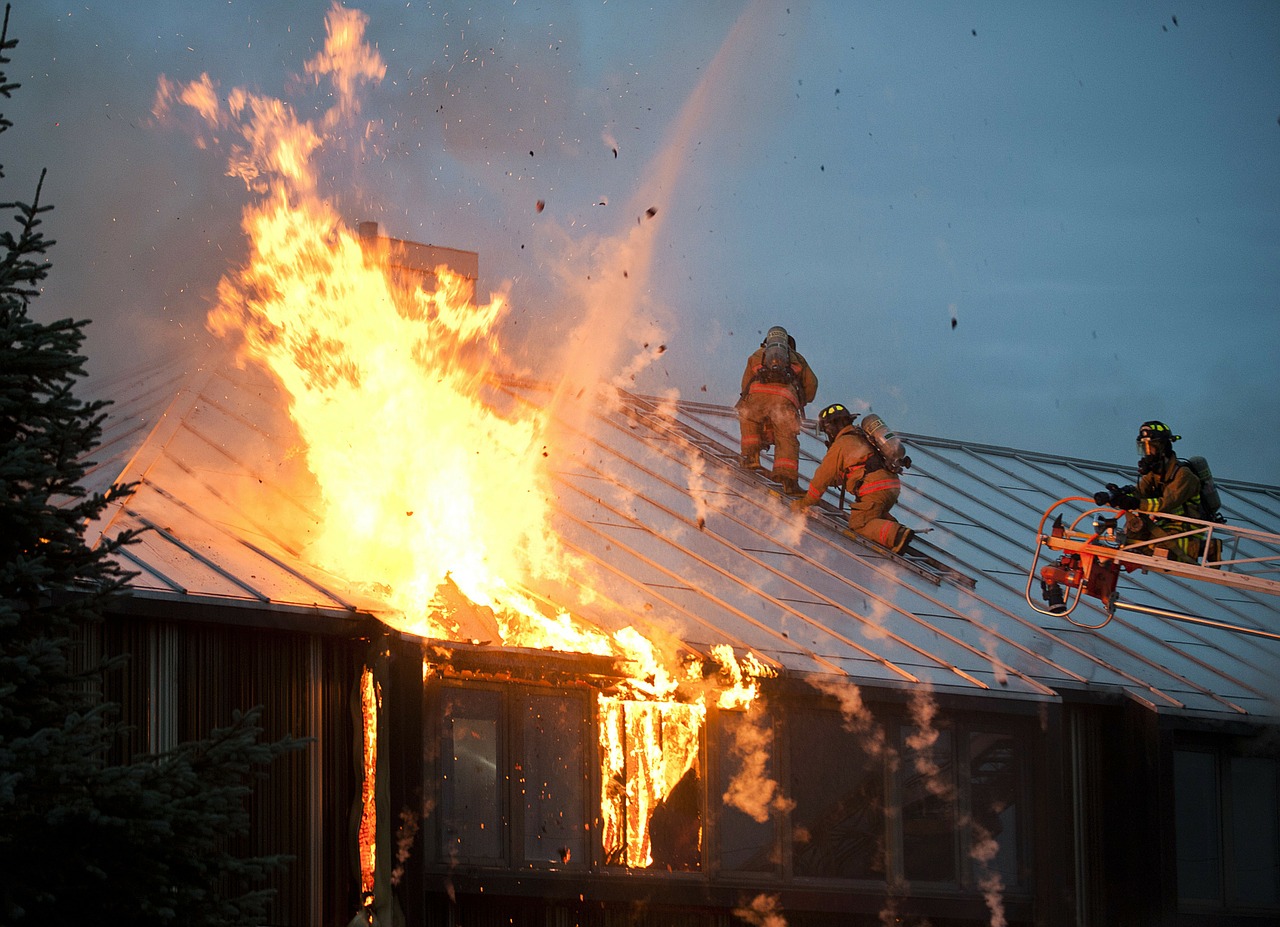
The solar industry has seen exponential growth over the past few years, with more and more installations popping up worldwide. While solar installations are generally safe, accidents can happen, just like in any other industry. Knowing the steps to take in case of an accident can be crucial for the safety of workers and the efficiency of the solar site. Here’s a summary of the essential steps to follow:
1. Ensure Personal Safety First
Before anything else, make sure you are safe. If you are in immediate danger, move to a safer location. If you are not directly involved in the accident, stay clear of the area to avoid complicating the situation.
2. Shut Down the System (if necessary)
If the accident involves electrical components or poses a risk of electrical hazards, shut down the solar system immediately. Every solar site should have a clear and accessible emergency shutdown procedure.
3. Administer First Aid
If someone is injured, provide first aid if you are trained to do so. Do not move the injured person unless they are in immediate danger.
4. Call Emergency Services
Dial the emergency number for your location. Provide clear information about the nature of the accident, the number of people injured, and any potential hazards (like electrical fires).
5. Inform Site Supervisor or Manager
Always report the accident to the site supervisor or manager. They will have protocols in place for handling such situations and can coordinate the response.
6. Secure the Area
Cordon off the accident area with cones, tapes, or barriers. This will prevent others from entering a potentially hazardous zone and will preserve the scene for any necessary investigations.
7. Document the Incident
Once the immediate dangers are addressed, document the accident. Take photos, gather witness statements, and write down a detailed account of what happened. This documentation will be crucial for both internal investigations and any potential legal implications.
8. Review and Reflect
After the situation is under control, conduct a review of the accident. What caused it? Were there any preventable factors? Use this reflection as a learning opportunity to improve safety protocols and training.
9. Provide Support
Accidents can have emotional impacts on those involved and on other workers at the site. Offer counseling or support services to help them cope.
10. Update Safety Protocols
If the accident revealed any gaps in safety protocols, update them. Continuous improvement is key to preventing future accidents.
Conclusion
Safety should always be the top priority at any solar site. While we hope accidents never occur, being prepared and knowing the steps to take can make a significant difference in the outcome. Regular training, safety drills, and a culture of safety awareness are essential components of accident prevention.

